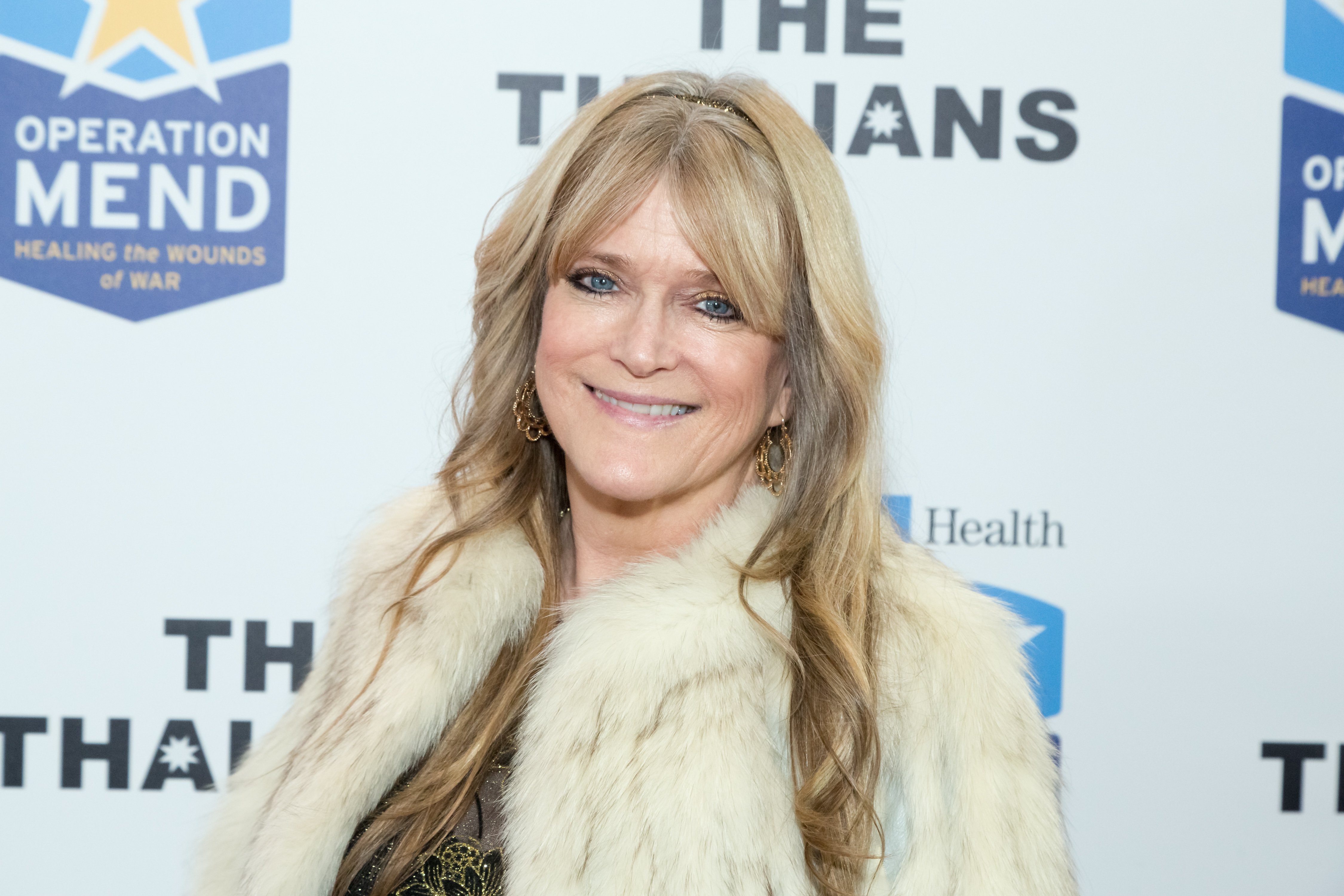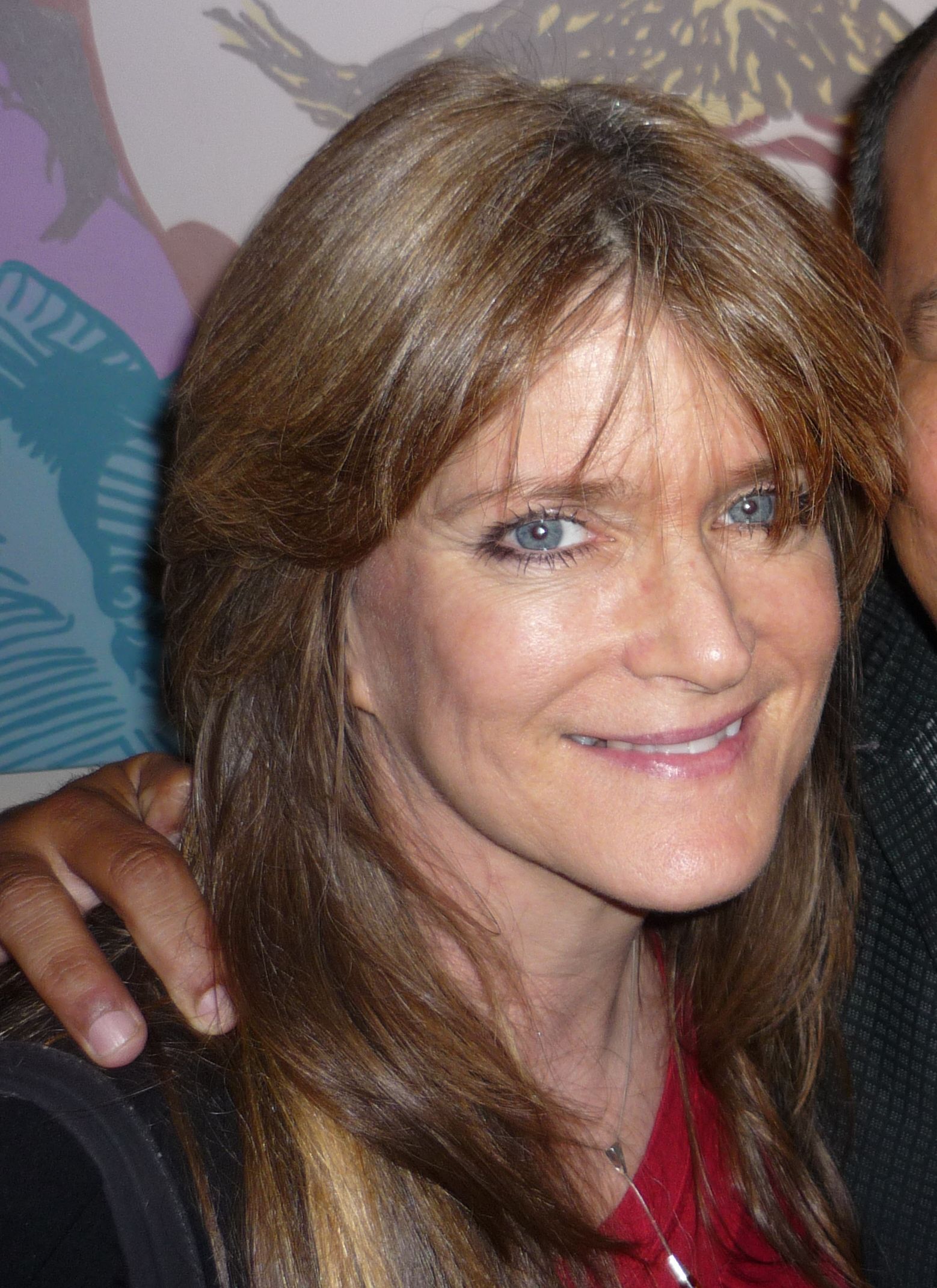What Did Susan Olsen Say - Dissociative Identity Disorder Insights
There's been quite a buzz lately around a certain topic, and it appears that Susan Olsen, a person many of us know from her past work, has shed some light on a subject that touches on the intricacies of the human mind. It's a discussion that helps us look closer at how someone experiences their own sense of self, a really personal aspect of being human. What she shared helps us begin to peel back the layers of a condition that, for a long time, has been misunderstood by many.
When someone like Susan Olsen speaks about something as sensitive as a mental health condition, it often brings a fresh perspective, allowing more people to connect with the information. Her insights, it seems, point us toward a deeper look at what it means for a person to have different parts of their identity, something that can be quite a challenge for those experiencing it and for those around them. It is, in some respects, about truly seeing the person behind the condition.
This conversation, perhaps prompted by what did Susan Olsen say, guides us to a better appreciation for the subtle ways our minds can cope with difficult experiences, even if those coping mechanisms sometimes lead to confusing situations. It’s a chance for us to learn more, to replace old ideas with a clearer, more compassionate view of what a complex mental health condition truly looks like for someone living with it, and how support can make a real difference, you know.
Table of Contents
- Susan Olsen - A Glimpse into Her Story
- What Did Susan Olsen Say About Dissociative Identity Disorder?
- Understanding Dissociative Identity Disorder - What Did Susan Olsen Say?
- How Does DID Affect Someone's Life, According to What Did Susan Olsen Say?
- What Did Susan Olsen Say About Recognizing the Signs?
- The Journey of Support - What Did Susan Olsen Say About Getting Help?
- Moving Forward - What Did Susan Olsen Say About Healing?
- A Different View - What Did Susan Olsen Say About Stigma?
Susan Olsen - A Glimpse into Her Story
Susan Olsen is an American personality who gained widespread recognition for her work as a young person on a popular television program. She was born in Santa Monica, California, and her early career saw her become a household name, more or less, for her portrayal of a cheerful, blonde character. After her time on the show, she continued to work in various capacities, including voice acting, radio hosting, and advocating for certain causes. Her life has, in a way, unfolded in the public eye, giving many people a chance to follow her path from a child performer to an adult with a variety of interests and endeavors.
| Full Name | Susan Marie Olsen |
|---|---|
| Birth Date | August 14, 1961 |
| Birth Place | Santa Monica, California, U.S. |
| Occupation | Actress, Radio Host, Voice Artist |
| Known For | Her role on a famous 1970s television sitcom |
What Did Susan Olsen Say About Dissociative Identity Disorder?
When we consider what did Susan Olsen say, the conversation leads us to a specific condition often talked about in a very particular way. She seems to be bringing attention to Dissociative Identity Disorder, or DID, which was once known by a different name, Multiple Personality Disorder, or MPD. It's a condition that involves a person having at least two different ways of being, or what some people call "personality states," or even "alters." It's like, you know, there are distinct parts of a person's identity that show up at different times.
This condition, as what did Susan Olsen say might suggest, is not something someone chooses, but rather it's a deeply rooted way the mind copes with certain very difficult experiences. It's a bit like the mind creates different compartments for different feelings or memories, and sometimes these compartments become distinct ways of presenting oneself to the world. It’s a truly complex mental picture, and it’s important to approach it with a lot of thought and kindness, you see.
- Charlotte Flair Nude Pictures
- Oldest Chihuahua In The World
- Is American Sniper True Story
- Is Carolyn Perron Still Alive 2023
- Chappell Roan Kamala
Understanding Dissociative Identity Disorder - What Did Susan Olsen Say?
What did Susan Olsen say helps us understand that Dissociative Identity Disorder is a rather uncommon condition where a person experiences two or more distinct identities, or different personality states. These distinct parts can, more or less, take charge of the person at different times. It’s not simply about having mood swings; it’s about a profound shift in how someone experiences themselves and interacts with their surroundings. This can be quite unsettling for the individual and for those around them, as you can imagine.
You might have heard this condition called "multiple personality disorder" or even "split personality," which are terms that, in some respects, have carried a lot of misunderstanding and unfair ideas. What did Susan Olsen say, however, seems to point us toward a more accurate and less judgmental way of talking about it. It is, basically, about a person's identity being involuntarily divided among at least two separate identities, which are, you know, like distinct personality states. It's a really unique way the mind tries to manage things.
What did Susan Olsen say also touches on how this condition is a rather uncommon mental health situation marked by a disruption in one's identity and their connection to reality. People who experience DID will show two or more of these distinct identities. It is, perhaps, a way for the mind to protect itself from overwhelming feelings or memories, creating separate "selves" to hold different aspects of experience. It's a powerful and sometimes confusing way the brain tries to keep going.
How Does DID Affect Someone's Life, According to What Did Susan Olsen Say?
What did Susan Olsen say indicates that while having Dissociative Identity Disorder can, in a way, offer a person a temporary escape from a harsh reality, it can also pull them away from the people they care about and from their own core self. This means that the very thing that helps them cope can also create distance in their relationships and make it harder to feel whole. It is, truly, a bit of a double-edged sword for those living with it.
The experience of feeling suddenly disconnected, as what did Susan Olsen say might imply, can be very disorienting. Individuals with DID might report feeling as if they have, all of a sudden, become observers of their "own" words and actions, almost like they are watching themselves from a distance, and they feel powerless to stop it. This feeling of being outside of one's own body or mind, or depersonalized, is a really striking symptom. It's like, you know, their actions are happening, but they don't feel completely in control of them.
What did Susan Olsen say also suggests that DID is, in essence, a way for a person to create some distance or detach themselves from something traumatic. It’s a protective measure, a very personal kind of shield. The symptoms of DID can also show up suddenly, or "trigger," after a person removes themselves from a very stressful or traumatic situation. So, for instance, if someone leaves a difficult environment, that's when some of these feelings might become more noticeable, which is a rather interesting aspect of the condition.
What Did Susan Olsen Say About Recognizing the Signs?
When considering what did Susan Olsen say about recognizing the signs, the most recognizable aspect of Dissociative Identity Disorder is when a person's identity is, without their control, split among at least two distinct identities or personality states. This isn't just about different moods; it's about fundamentally different ways of experiencing and presenting oneself. It's a rather distinct and often confusing characteristic for those who witness it, and for the person experiencing it, it can be very unsettling, you know.
What did Susan Olsen say helps us understand that having what people call a "split personality" or "multiple personalities" means that a person truly has more than one distinct identity. The proper medical term for this condition is, of course, Dissociative Identity Disorder. It is important to look beyond the common phrases and understand the clinical picture, which is about a psychiatric condition where a person has several identities that function on their own. It is, basically, a very unique way the mind tries to manage things.
The Journey of Support - What Did Susan Olsen Say About Getting Help?
What did Susan Olsen say really emphasizes that getting help is a very important step. A person who works in mental health can offer support to help someone work through these very difficult experiences. This kind of professional guidance is absolutely essential for someone dealing with the challenges of Dissociative Identity Disorder. It's not something a person should try to handle on their own, and frankly, it is a situation where specialized support makes all the difference, as a matter of fact.
The path to feeling better often involves talking to someone who really understands how the mind works and how to help people with these sorts of challenges. What did Susan Olsen say seems to highlight that these professionals can provide a safe space and the right tools for someone to begin to piece things together. It's about finding ways to integrate these different parts of the self and to heal from the underlying experiences that led to the condition in the first place. It is, in some respects, a long but very worthwhile journey.
Moving Forward - What Did Susan Olsen Say About Healing?
Moving forward with a condition like DID, as what did Susan Olsen say suggests, is a process that requires patience and consistent support. It's not a quick fix, but rather a slow and steady path toward greater integration and a stronger sense of self. Healing often involves working through the original experiences that led to the dissociation, which can be a very challenging but necessary part of the process. It is, truly, about building a more unified sense of who you are, which can be incredibly empowering.
What did Susan Olsen say points to the idea that with the right kind of help, people can learn to manage their symptoms and live more connected lives. This might mean developing new coping strategies, understanding their triggers, and finding ways to communicate with the different parts of their identity. It’s a lot of work, to be honest, but the goal is to reduce the distress and confusion that DID can bring, leading to a more peaceful and integrated existence. It's a very personal and brave undertaking.
A Different View - What Did Susan Olsen Say About Stigma?
What did Susan Olsen say, by simply bringing up Dissociative Identity Disorder, helps us challenge some of the old, unfair ideas that have often surrounded this condition. For a long time, terms like "multiple personality disorder" have carried a lot of negative baggage, making it hard for people to talk about their experiences openly or to seek help without feeling judged. It is, in a way, about breaking down those barriers of misunderstanding.
When a person like Susan Olsen discusses such a topic, it tends to open up a broader conversation, which is really important for reducing unfair treatment and fear. It helps people see that DID is a genuine mental health condition, not something to be feared or mocked. What did Susan Olsen say contributes to a more compassionate view, reminding us that people with DID are just that—people—who deserve kindness, understanding, and proper support, just like anyone else facing a health challenge. It's about seeing the human being first, you know, and putting aside those old, hurtful ideas.
So, what did Susan Olsen say, essentially, helps us better grasp Dissociative Identity Disorder. We explored its definition, its former names, how it impacts a person's identity and their connection to reality, and how it can distance someone from loved ones. We also touched on the sudden appearance of symptoms, how it serves as a way to detach from trauma, and the crucial role of mental health professionals in offering support. Finally, we looked at how such discussions can help reduce unfair ideas about the condition.

Susan olsen - westsz

Pictures of Susan Olsen

Pictures of Susan Olsen